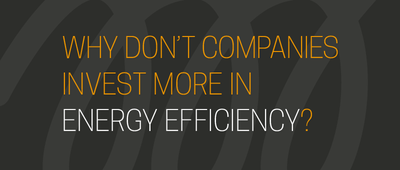LBNL report: Energy efficiency programs keep delivering low-cost savings in the US
(eceee news, 3 Jul 2018) The average cost to utilities to save a kilowatt-hour (kWh) in the United States is 2.5 cents, according to the most comprehensive assessment to date of the cost performance of energy efficiency programs funded by electricity customers 2009–2015, made by Lawrence Berkley National Laboratory (LBNL).
Building on prior studies, LBNL analyzed the cost performance of 8,790 electricity efficiency programs between 2009 and 2015 for 116 investor-owned utilities and other program administrators in 41 states. The LBNL database includes programs representing about three-quarters of total spending on electricity efficiency programs in the United States.
Some of the findings are:
- Programs for the residential sector delivered electricity savings at the lowest cost, averaging 2.1¢ per kWh. Lighting programs, averaging only 1.1 US cents per kWh and accounting for 45 percent of the sector’s lifetime savings, drove these low costs.
- Programs aimed at low-income households cost much more — 10.5¢ per kWh on average — but accounted for only a modest share of spending (9 percent).
- Savings from commercial and industrial (C&I) programs cost an average of 2.5¢ per kWh. Three types of C&I programs accounted for 74 percent of the sector’s annual and lifetime savings: rebates for custom retrofits, prescriptive measures and new construction. Average values for these three program types ranged from 1.9¢ to 2.6¢ per kWh.
- For the subset of 51 program administrators that reported data for the entire study period, the average cost of saving electricity rose slightly, from 2.2¢ to 2.6¢ per kWh. That represents a compound annual growth rate of about 3.5 percent, accounting for inflation.
- The cost of saving electricity varies significantly by region, ranging from a low of 1.5¢ per kWh in the Midwest to 3.3¢ per kWh in the Northeast.
- Values for 16 states were less than or equal to 2¢ per kWh. The average cost for five states exceeded 4¢ per kWh, with most facing relatively high electricity prices, extensive histories in pursuing energy savings, and strong policy commitments to acquire all cost-effective energy efficiency or meet specified energy savings targets. The market for efficiency measures in these states tends to be more saturated, with many of the low-cost savings opportunities already mined.
The LBNL report presents for the first time an aggregate “cost curve” for U.S. electricity efficiency programs. View more here
The report, a summary, graphs and a webinar link can be found here







